 The Toledo Museum of Art.jpg)
art inde - Death Of Bali
An emotional scene of grief and pathos, The Death of Bali depicts an incident from the Ramayana, one of the great epics of Indian literature. The painting originally formed part of a manuscript of the story. In search of his kidnapped love Sita, the hero Rama has befriended the king of the monkeys, Sugriva, whose throne has been taken by his evil brother Bali. Rama promises to help Sugriva regain his throne if he and his followers will help search for Sita. Sugriva agrees and then challenges Bali. Just as Sugriva seems to be losing the battle, Rama intervenes, mortally wounding Bali with an arrow.The painting depicts the moment when Bali, close to death, admonishes Rama for shooting him. Rama, dressed in a leafy skirt and accompanied by his brother Laksmana, is unrepentant, declaring that Bali deserves to die for usurping Sugriva's throne. While Bali's courtiers grieve openly or huddle together in stunned confusion, Sugriva has taken back his golden chain of office and sits to the far left, grimly observing the scene. Bali's wife Tara, who has taken human form, tenderly pillows his head in her lap. Overcome, Angada, Bali's son, embraces his bleeding father. A great cave with the golden palace of the monkey king can be seen in the background. The landscape depicted is not that of the dry, rocky area of Kiskindha where the story takes place, but rather the lush landscape of the region of Kangra in northern India, where this painting was made.The series to which this painting belongs dates from the reign of Raja Sansar Chand (1775-1823), when the full lyrical naturalism of Kangra painting was realized.
An emotional scene of grief and pathos, The Death of Bali depicts an incident from the Ramayana, one of the great epics of Indian literature. The painting originally formed part of a manuscript of the story. In search of his kidnapped love ...
 The Toledo Museum of Art.jpg)



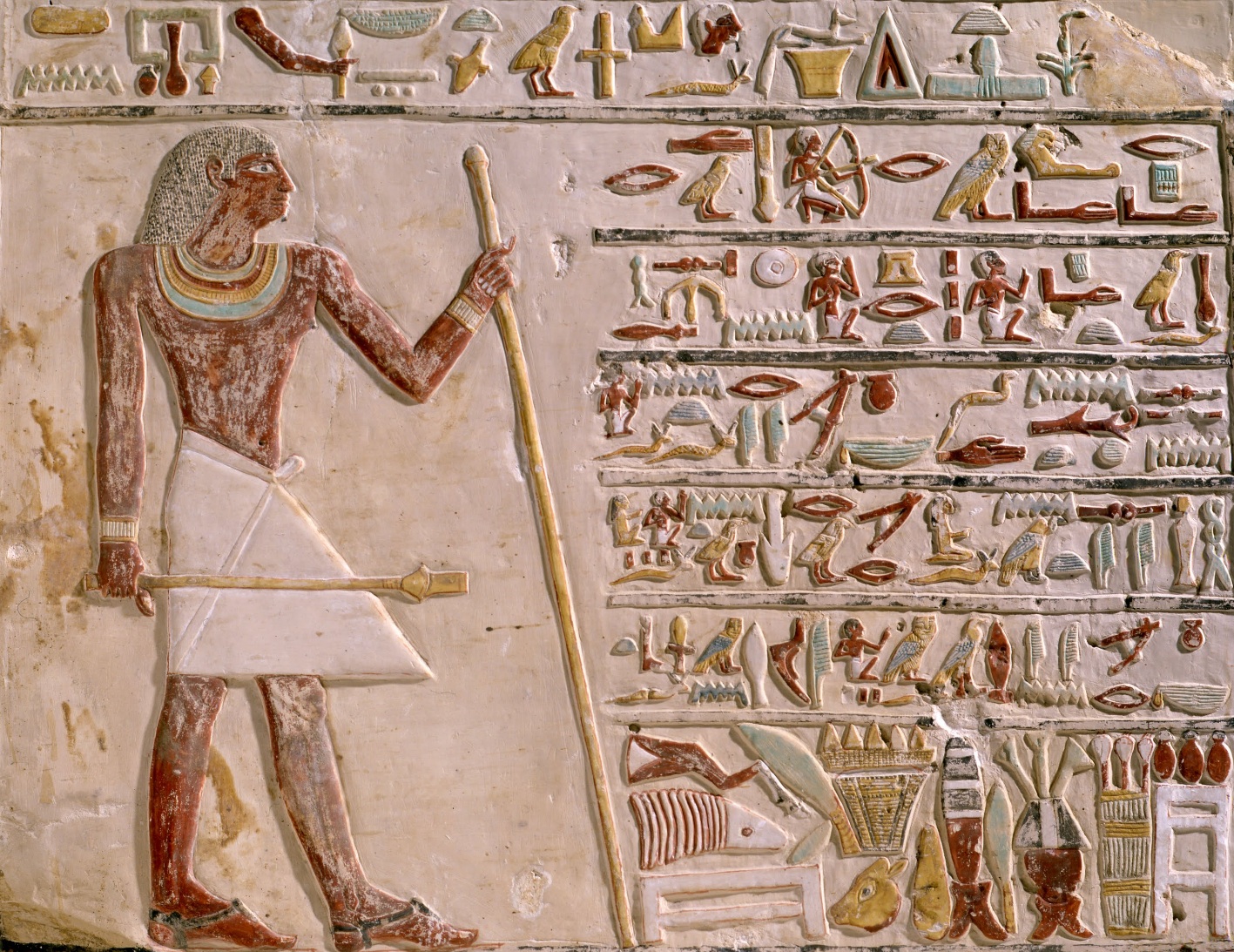



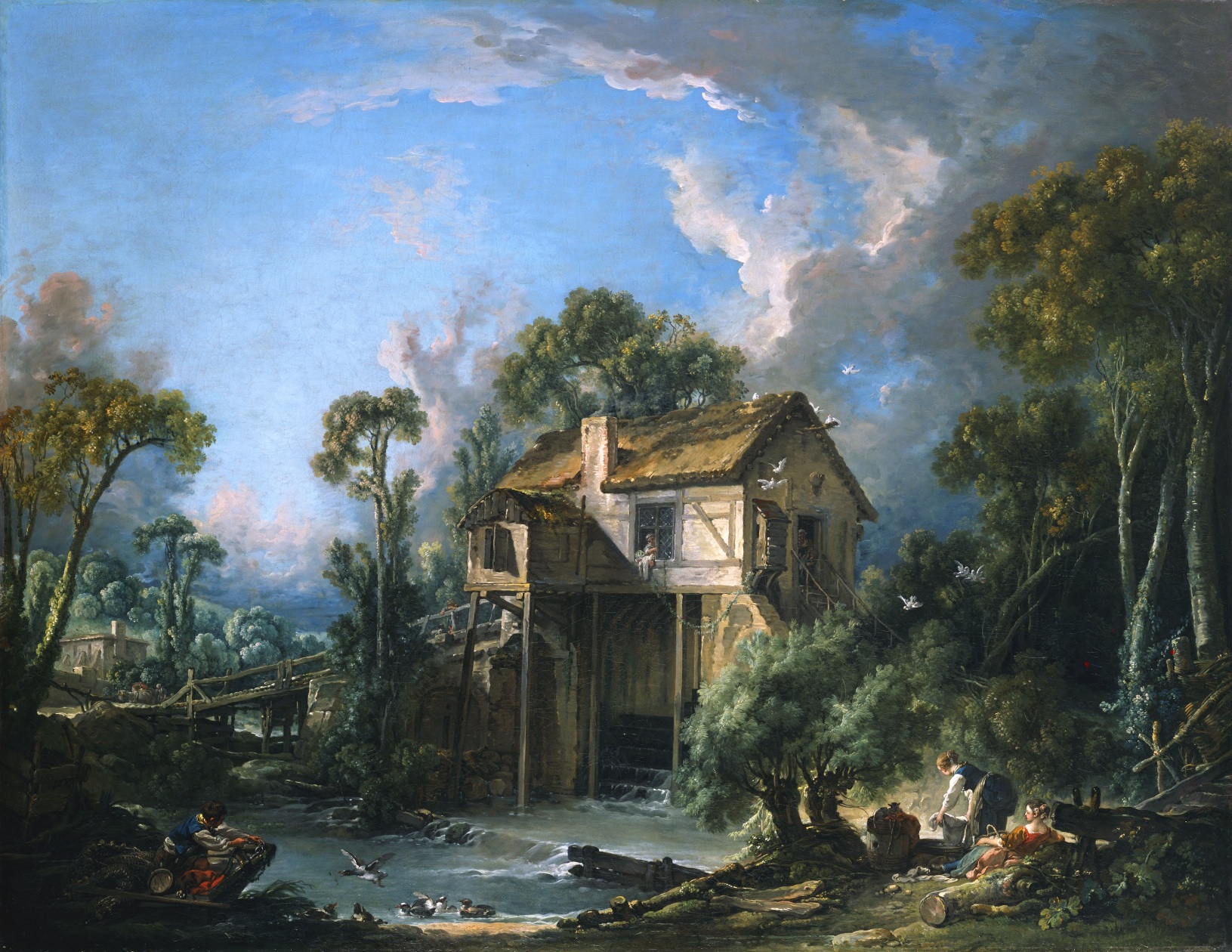
 - Shepherd s Star 1887 The Toledo Museum of Art.jpg)
 - Shepherd s Star 1887 The Toledo Museum of Art.jpg)

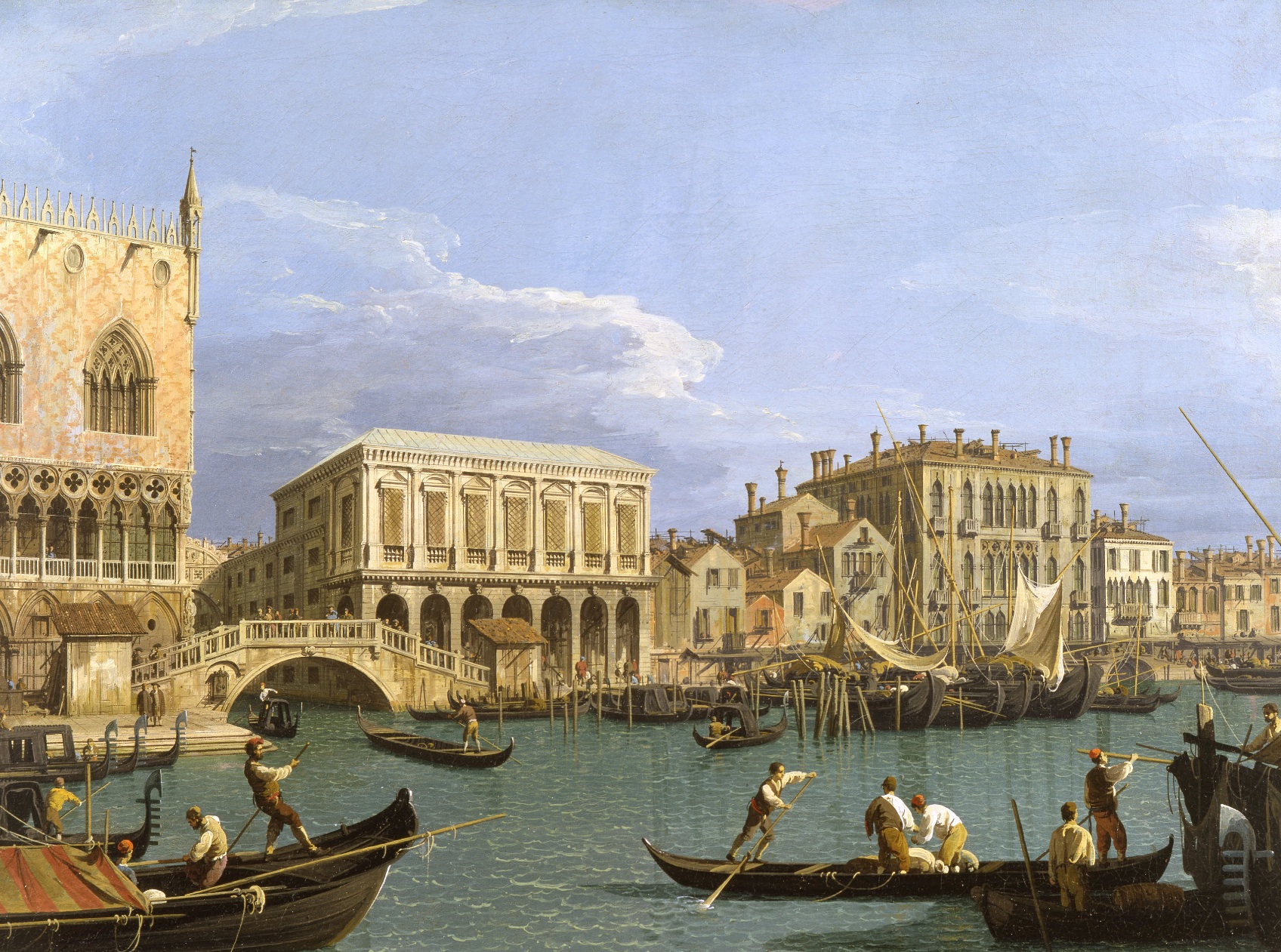






 - Rainy Day, Boston 1885 The Toledo Museum of Art.jpg)
 - Rainy Day, Boston 1885 The Toledo Museum of Art.jpg)
 - Composition With Red, Blue, Yellow, Black, And Gray 1922 The Toledo Museum of Art.jpg)
 - Composition With Red, Blue, Yellow, Black, And Gray 1922 The Toledo Museum of Art.jpg)

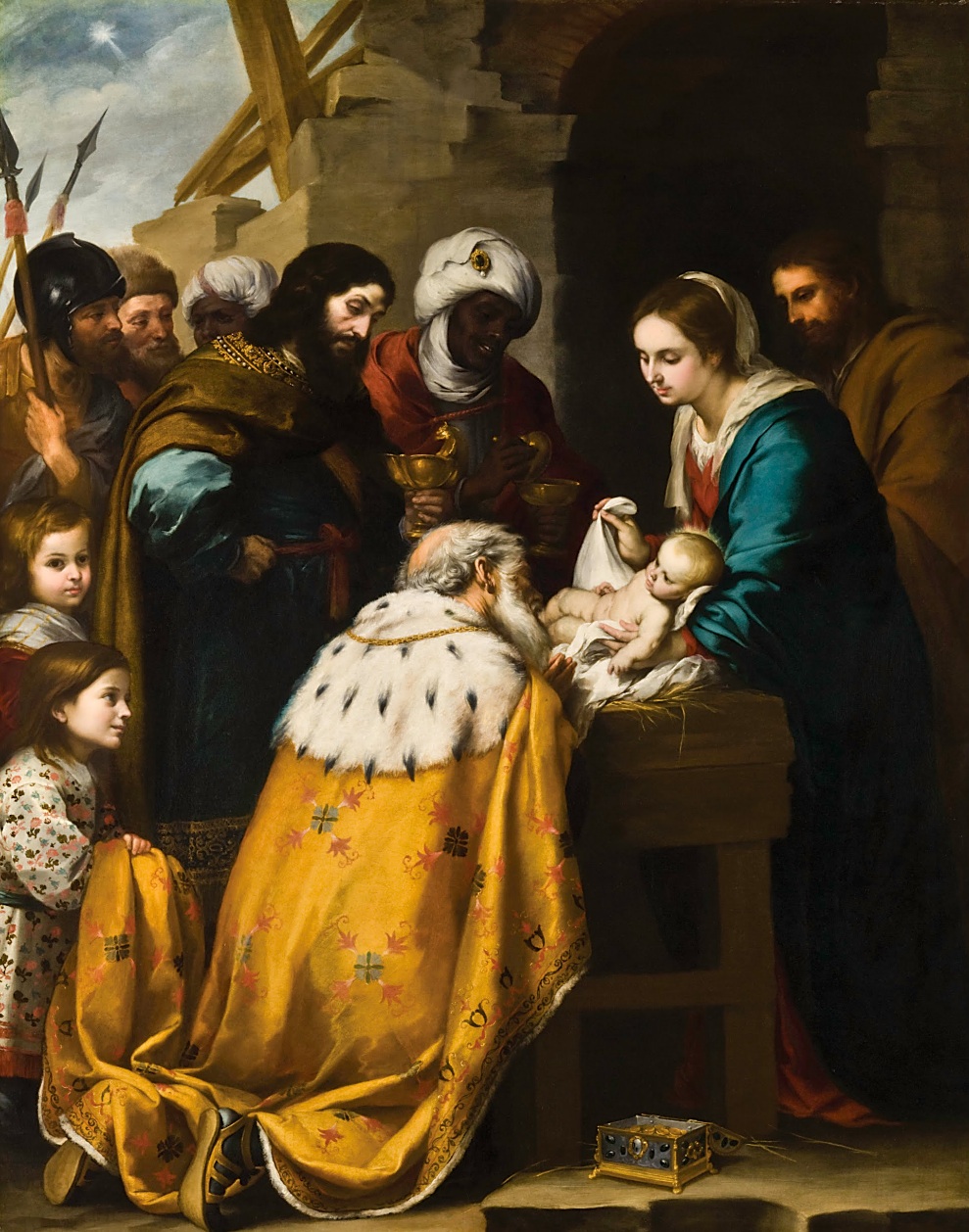

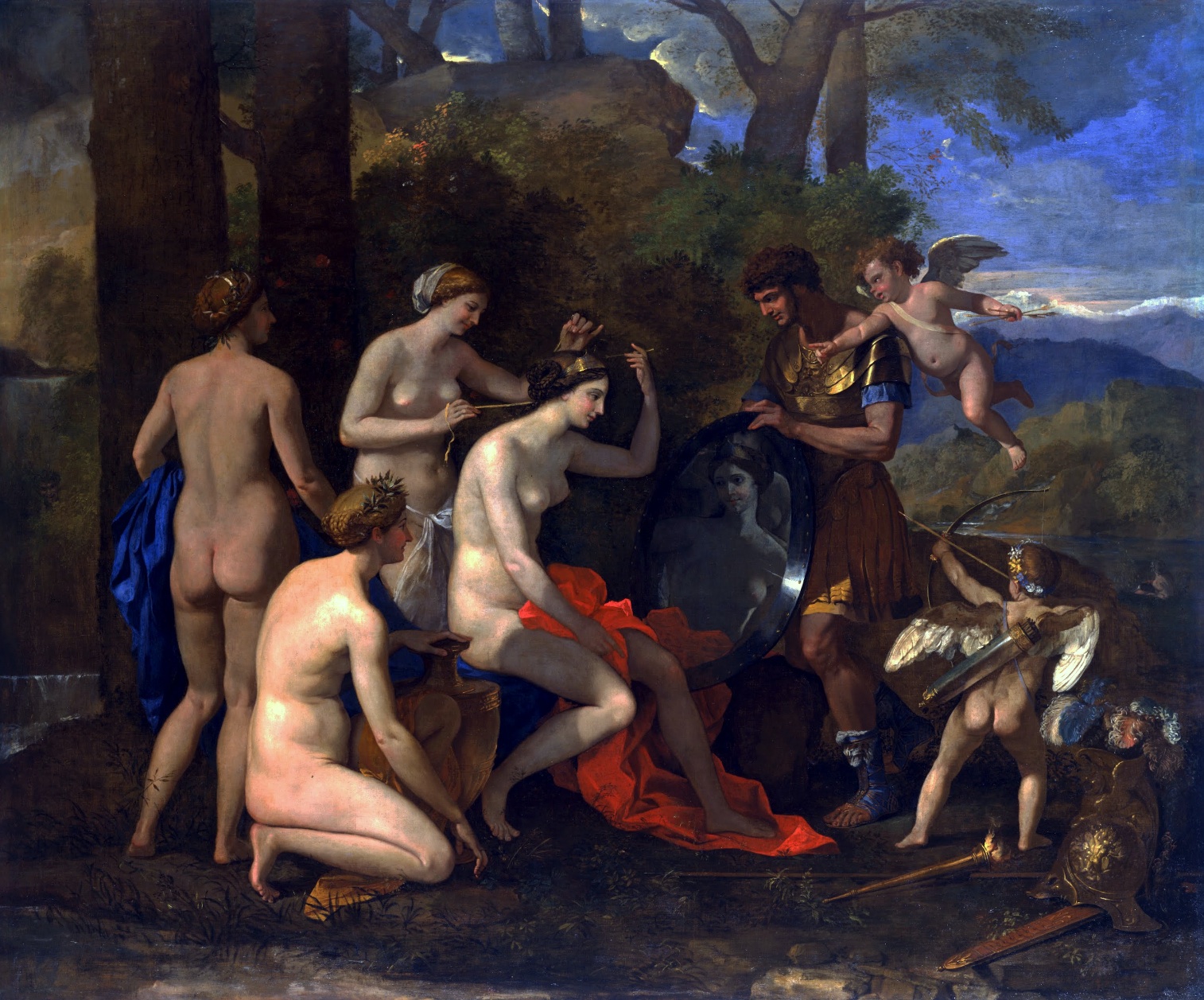
 - Old Church In Delft With The Tomb 1658 The Toledo Museum of Art.jpg)
 - Old Church In Delft With The Tomb 1658 The Toledo Museum of Art.jpg)

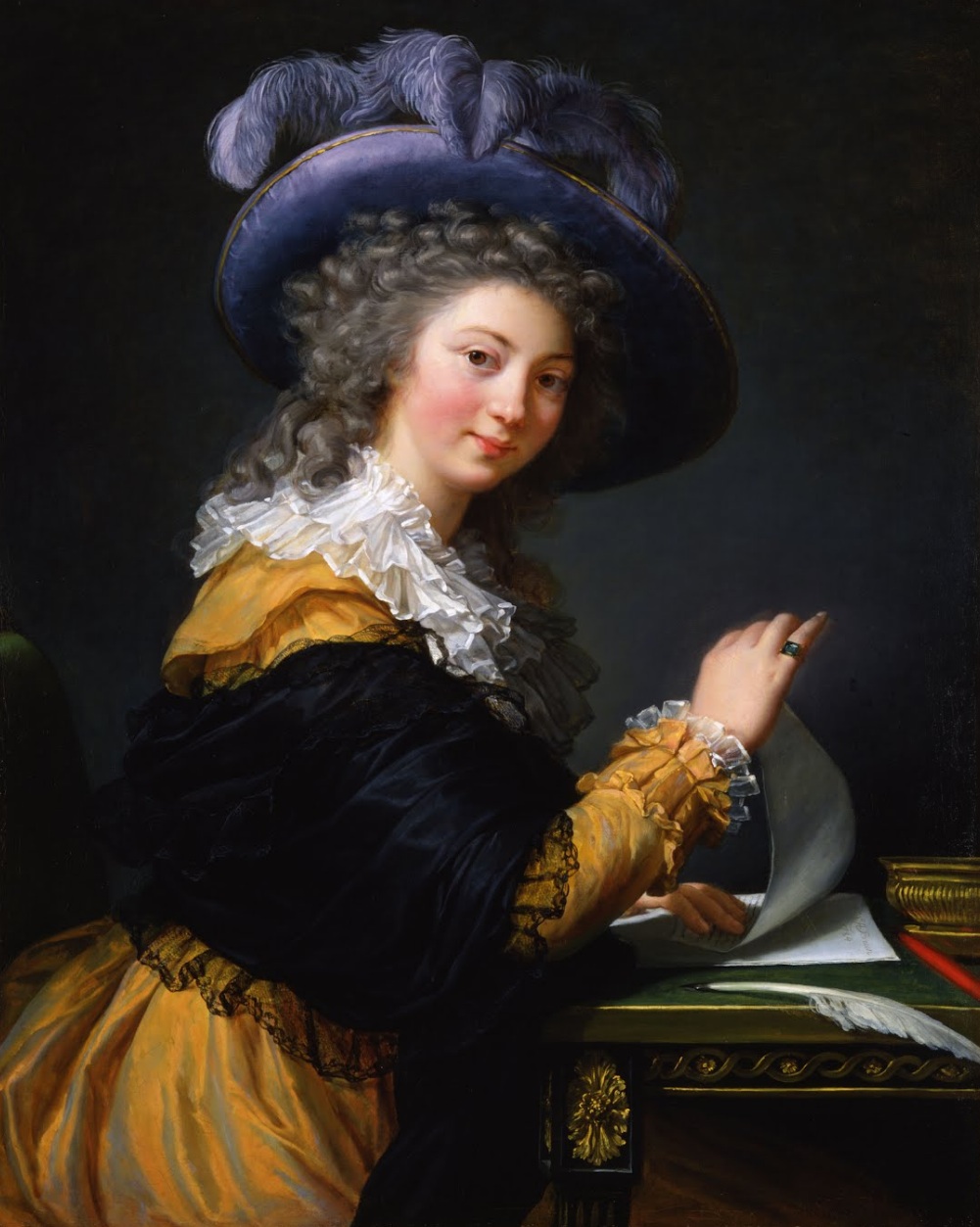

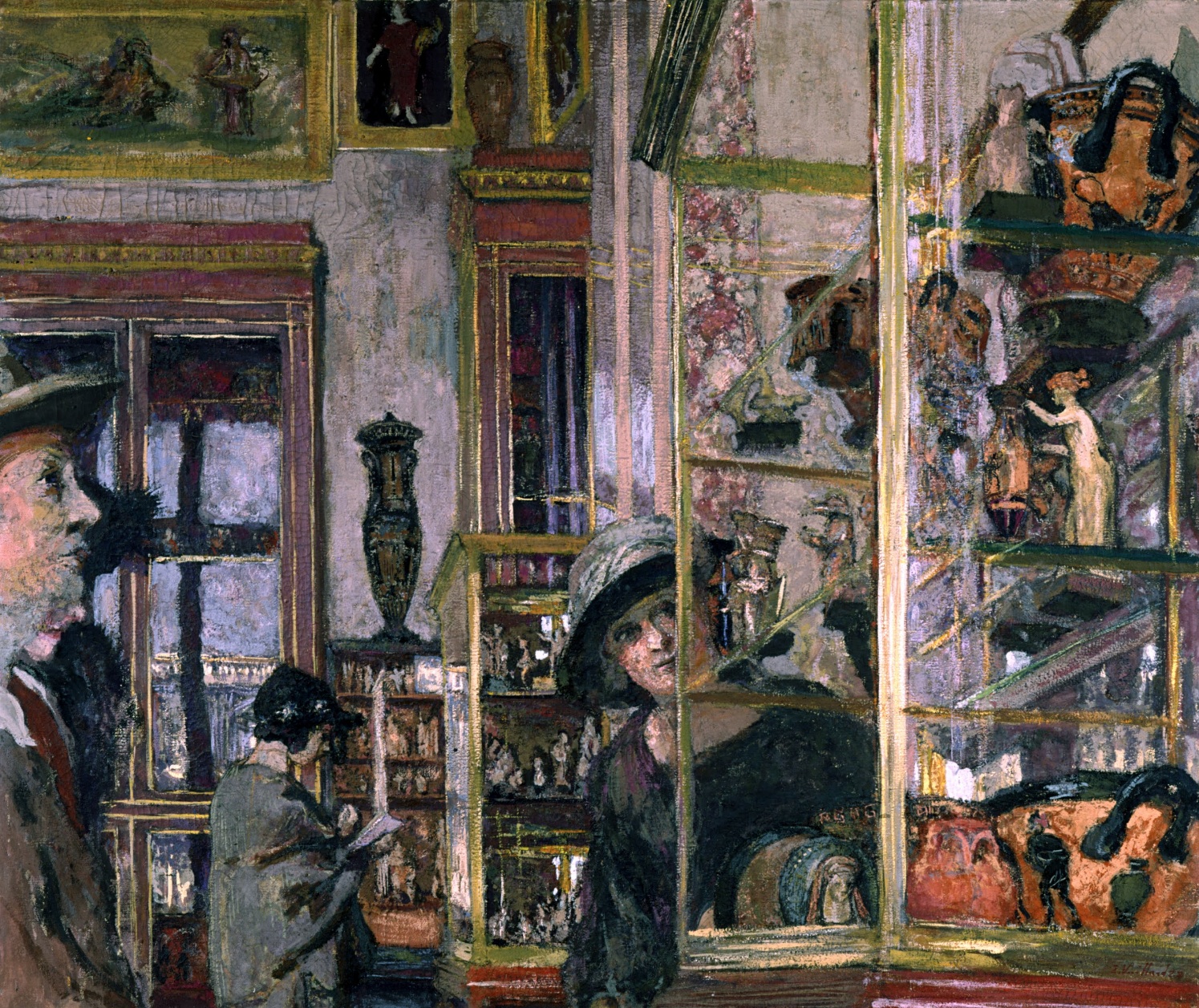
 - Hunter 1943 The Toledo Museum of Art.jpg)
 - Hunter 1943 The Toledo Museum of Art.jpg)